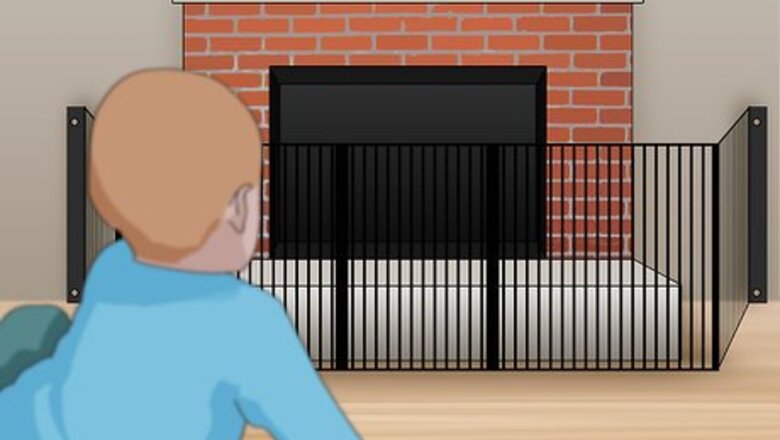
views
Baby-Proofing Your Fireplace
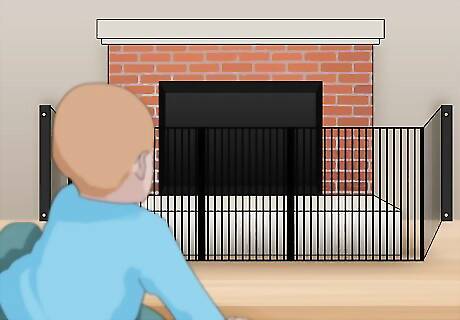
Look at the fireplace from a baby's point of view. When you get on your hands and knees, you have a better perspective to see what they see. Take notes of anything you think might be dangerous like sharp edges, hot spots, and interesting looking items that might attract a child's attention. Remove any flammable items from the immediate area near the fireplace. You will need to baby-proof based on your child’s developmental stage. If they can crawl, they will not be able to reach as high as if they know how to walk. The best time to baby-proof is before your child can harm themselves, so consider baby-proofing the fireplace before your baby can crawl or walk.
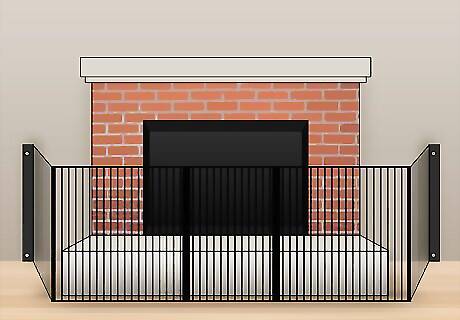
Buy a fireplace gate. A fireplace gate is a great way to create distance between your child and the fireplace. You can purchase fencing to go around the fireplace that will keep your child from coming within feet of the fireplace. Never leave your child unattended near a fire, whether there is a gate present or not. A fireplace gate can be used with fireplaces that are freestanding if you purchase a gate that fully encompasses the entire fireplace. For a fireplace that is built into a wall, you should purchase a fireplace gate that you can anchor to the walls next to the fireplace. Routinely inspect the gate to ensure it is in working order.
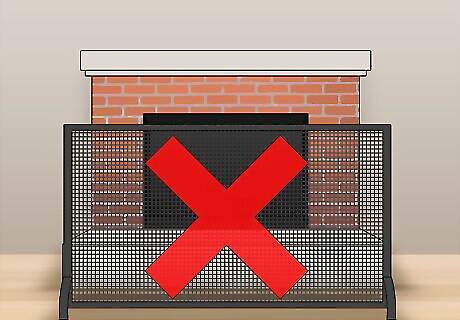
Avoid freestanding screens. Babies and toddlers can easily pull down a freestanding gate and they can fall into the fireplace if they lean on the gate. Buy a gate that is specifically designed for a fireplace instead; it will be made of heat resistant material that will not get hot to the touch. Make sure it anchors to the wall to prevent it from falling down if your toddler accidentally topples into it.
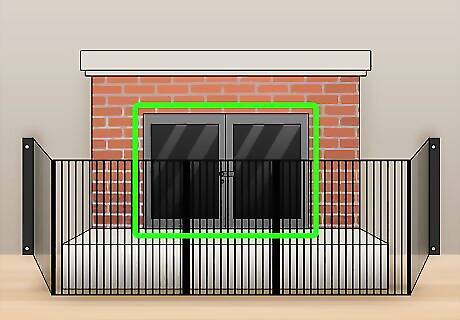
Install a fireplace door. Fireplaces without doors can be more dangerous for families with small children because there is not a barrier between your child and a burning fire. Consider installing a fireplace door to your open fireplace to eliminate this hazard. Glass doors get very hot very quickly when the fireplace is in use. Make sure there is a barrier, like a fireplace gate, around the entire fireplace so a child cannot touch the hot glass.
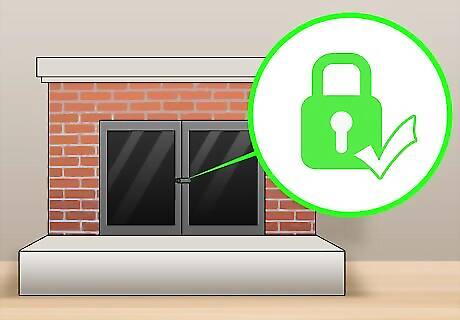
Lock fireplace doors when not in use. Babies and small children will be curious to see what’s inside the fireplace so always lock the door when not in use. Consider buying a childproof door lock, like those you may use in a kitchen or with cabinets. If the fireplace is decorative and you do not use the fireplace for heating, a plastic zip tie can effectively keep the doors shut so your toddler doesn't pinch their fingers.
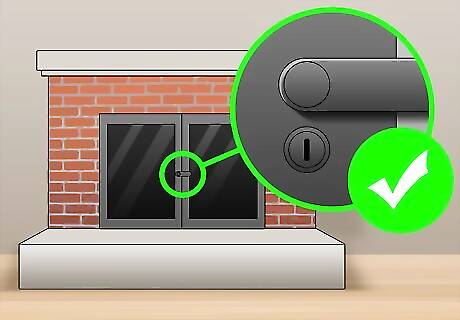
Check any installed locks. Some fireplace doors have built-in locks to secure them. If you have this type of door, check the locks to ensure that they're functional and that your child cannot open them.
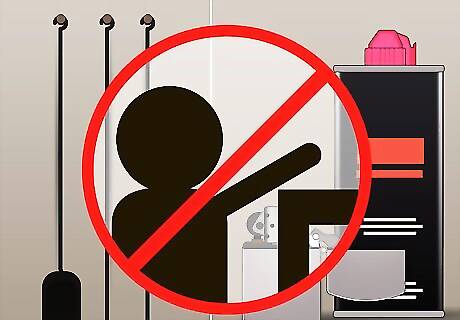
Move fireplace tools out of reach. The tools should be in a location where adults can access them if needed, but a child cannot. Ensure that any matches and lighters are out of your child’s reach. Keep any fire accelerants, like lighter fluid, in locked cabinets away from a child's reach. Keep decorative iron fireplace tools out of reach such as in a locked cabinet or within the fireplace fence. Keep necessary fireplace tools, like a fire stoker, ash can, coal rake, and others out of your child’s reach.
Baby Proofing a Hearth
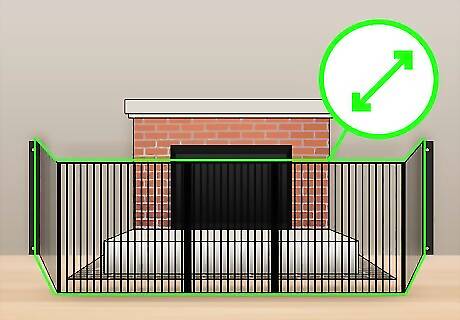
Buy a larger fireplace gate. If you have a hearth that extends past the fireplace exterior, you will need to purchase a larger fireplace gate than if you did not have a hearth. Fireplace gates ensure that your child is unable to reach the hearth where they can be seriously injured if they fall, especially on the sharp corners of a raised step hearth or fall on the hard material of a flat hearth. .

Buy a hearth pad. If you have a hearth with a raised edge you will need to baby-proof the hard corners and edges of the ledge. A hearth pad is made of flame retardant material that runs along the corners and edges of the entire hearth. Hearth pads are usually attached to the hearth with glue or double sided tape, often referred to as hearth clamps.
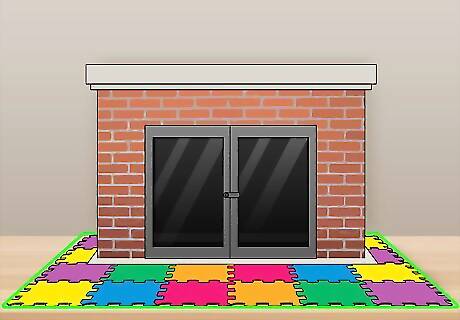
Install interlocking floors. If you have a flat hearth, you can use interlocking floors, like those many parents use for play areas, to soften the hard stone and brick. You should avoid using interlocking floors on the hearth when the fireplace is in use unless the floor material is flame retardant and does not retain heat. The foam of the interlocking floors can help soften a child's fall on to the hard stone or brick of a flat hearth.
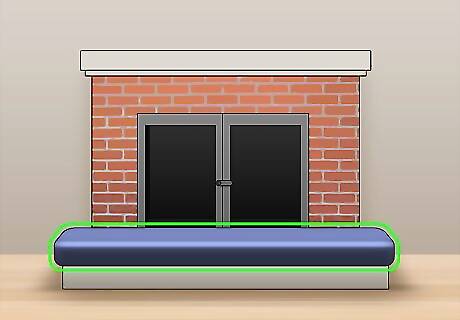
Add hearth cushions. If you do not use your fireplace you can add cushions or padding directly on top of the stepped or flat hearth to soften the area. Never use hearth cushions if the fireplace is in use, as this is a serious fire hazard. Hearth cushions can be a decorate way to hide the stone or brick of the hearth and to make it more comfortable for a child to sit on. Do not encourage your child to sit on the hearth, as this encourages them to treat the hearth and fireplace as a play area when it really is a dangerous place to play.
Following Basic Fireplace Safety

Learn how to treat burns. Baby proofing is not failsafe, you should always be prepared with basic first aid knowledge. If a burn is small and not severe, put cool water over the burned area and bandage the wound to protect it from infection. Baby-proofing will help to avoid accidents, but you should be prepared to treat injuries regardless of the safety measures in place. Keep a well-stocked first-aid kit handy in case of any accidents. Have your emergency medical information handy if your child ever does receive a more serious burn. Ask your pediatrician for first aid information and know where your closest hospital is.
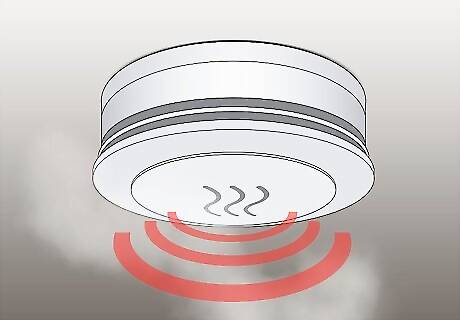
Install an additional smoke detector. Every home should have at least one smoke detector that works properly. Install an additional smoke detector in the room where your fireplace is located. Early warnings from fire can be the difference between life and death. Check your fire detectors monthly and replace batteries each year. The National Fire Protection Association recommends that you replace all detectors every ten years.
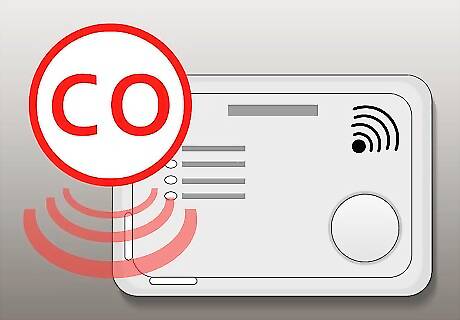
Install a carbon monoxide detector near the fireplace. Carbon monoxide poisoning kills thousands of people across the world each year but can be easily prevented. All homes should have working carbon monoxide detectors but consider placing an additional detector in the room where the fireplace is located. Test your carbon monoxide detector monthly to ensure it is functioning properly. Keep a window open, if possible, when a fire is burning to lessen any carbon dioxide the fire produces in the room.
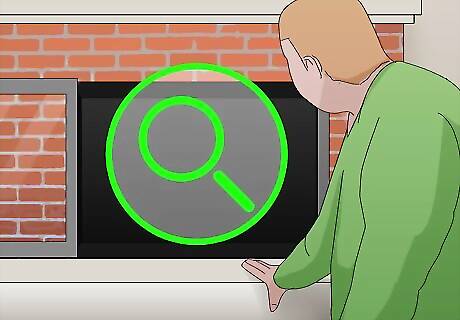
Inspect your fireplace regularly. While you baby-proof your fireplace, there are important fireplace safety measures that you must take to protect your entire family: Check your fireplace chimney and outtake vents to ensure that no debris, like leaves, can block air flow. Keeping vents clean can help to reduce the risk carbon monoxide created by the fire in your home. Inspect your fireplace flue with a flashlight to make sure it properly opens, closes, and seals. If you have a gas-burning fireplace, make sure there are no cracks or damage to the glass doors. Test the gas shut-off valve and igniter regularly to make sure no natural gas is leaking into your home. Inspect the gate on a regular basis to make sure it’s anchored safely and working properly.
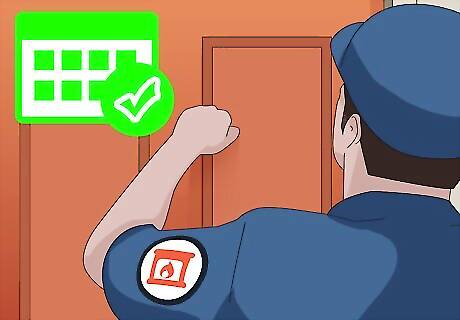
Schedule a professional inspection. Inspecting your fireplace on your own is important, but it is also important to have a licensed professional inspect your fireplace to ensure safety. Call a licensed chimney professional or mason if you notice any structural damage to your fireplace. The Chimney Safety Institute recommends that families who use their fireplace should have their fireplace and chimney inspected each year, if not more frequently.














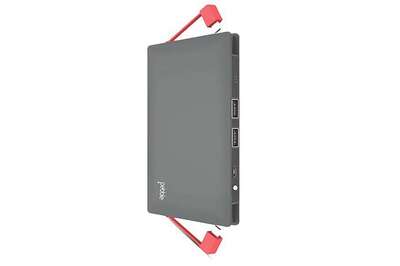


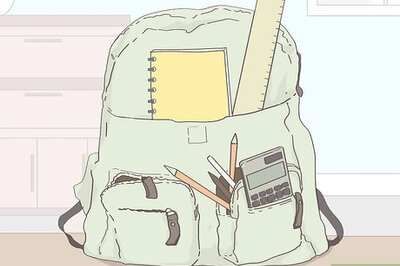

Comments
0 comment